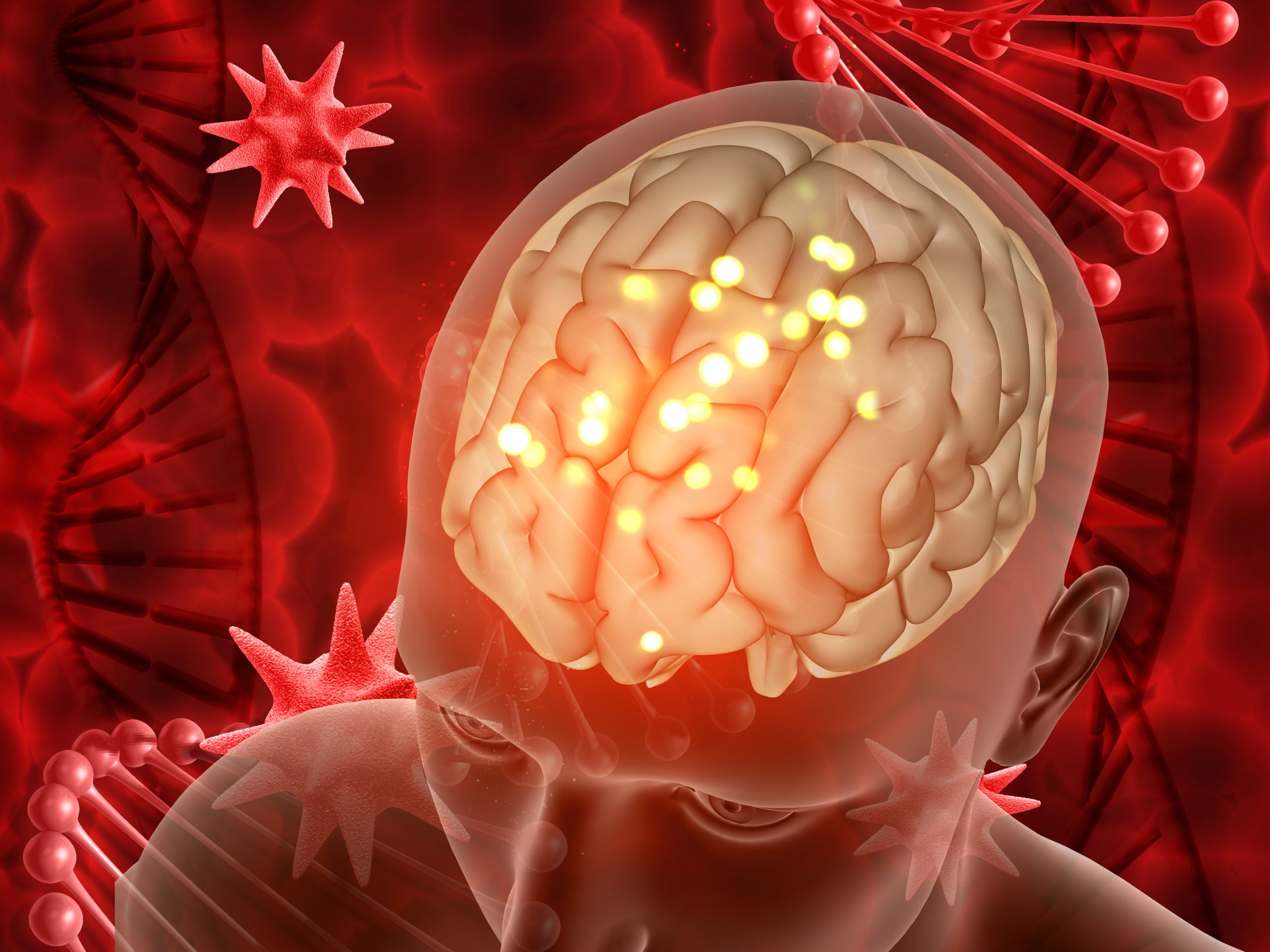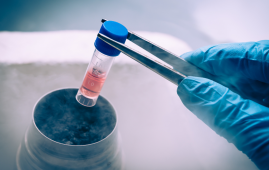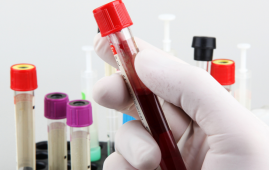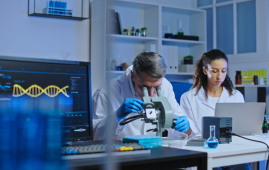

According to new data from a multi-institutional phase 3 clinical trial published on May 2 in Cell Reports Medicine, a cancer stem cell test can accurately decide more effective treatments and lead to increased survival for patients with glioblastoma, a lethal brain tumor.
Soma Sengupta, MD, Ph.D., a co-first author of the study and a physician-researcher at the University of Cincinnati Cancer Center, explained that the study focused on patients whose glioblastoma had returned after initial therapy.
The experiment evaluated the efficacy of ChemoID, a CLIA and CAP-accredited diagnostic test created by Dr. Pier Paolo Claudio and Dr. Jagan Valluri of Cordgenics LLC.
“ChemoID looks at cancer stem cells and their sensitivity to specified drugs to see which ones will work in a given cancer setting,” said Sengupta, UC associate professor in neurology, director of neuro-oncology clinical trials, associate director of the Brain Tumor Center and a UC Health neuro-oncologist.
Patients in the trial were randomly assigned to either have their chemotherapy treatment determined by ChemoID or have their chemotherapy treatment determined by clinicians using normal procedures. Oncologists’ treatment decisions, according to Sengupta, are frequently influenced by guidelines and insurance considerations.
Those whose treatments were chosen by ChemoID had a much lower risk of death and lived 3.5 months longer on average than those in the physician-choice group.
“We were pleasantly surprised that the ChemoID group did better and that a cancer stem cell-derived test is important in this disease,” Sengupta said. “Where survival in recurrent glioblastoma is extremely poor, 3.5 months or more is wonderful. Some of my patients on this trial are still alive.”
Claudio noted that because ChemoID focuses on employing commercially accessible chemotherapies, it allows patients to receive more effective treatment at a cheaper cost.
According to Valluri, incorporating anti-cancer therapy that targets cancer stem cells earlier in the treatment plan will minimize unsuccessful treatments and allow patients to gain the most therapeutic benefit.
“This is an example of a highly collaborative project,” Sengupta said. “At UC alone, several colleagues, including Dr. Mario Zuccarello and Dr. Rekha Chaudhary, were involved.”
more recommended stories
 New Blood Cancer Model Unveils Drug Resistance
New Blood Cancer Model Unveils Drug ResistanceNew Lab Model Reveals Gene Mutation.
 Osteoarthritis Genetics Study Uncovers New Treatment Hope
Osteoarthritis Genetics Study Uncovers New Treatment HopeOsteoarthritis- the world’s leading cause of.
 Antibody Breakthrough in Whooping Cough Vaccine
Antibody Breakthrough in Whooping Cough VaccineWhooping cough vaccine development is entering.
 Scientists Unveil Next-Gen Eye-Tracking with Unmatched Precision
Scientists Unveil Next-Gen Eye-Tracking with Unmatched PrecisionEye-tracking technology has long been a.
 Men5CV: Hope for Ending Africa’s Meningitis Epidemics
Men5CV: Hope for Ending Africa’s Meningitis EpidemicsA landmark global health study led.
 Stem Cell Therapy Shows 92% Success in Corneal Repair
Stem Cell Therapy Shows 92% Success in Corneal RepairA groundbreaking stem cell therapy known.
 Gene Therapy for Maple Syrup Urine Disease
Gene Therapy for Maple Syrup Urine DiseaseResearchers at UMass Chan Medical School.
 How Fast Are Your Organs Aging? Simple Blood Test May Tell
How Fast Are Your Organs Aging? Simple Blood Test May TellNew research from University College London.
 HEALEY Platform Accelerates ALS Therapy Research
HEALEY Platform Accelerates ALS Therapy ResearchA New Era of ALS Clinical.
 Low-Oxygen Therapy in a HypoxyStat Pill? Scientists Say It’s Possible
Low-Oxygen Therapy in a HypoxyStat Pill? Scientists Say It’s PossibleA New Approach to Oxygen Regulation-HypoxyStat.

Leave a Comment